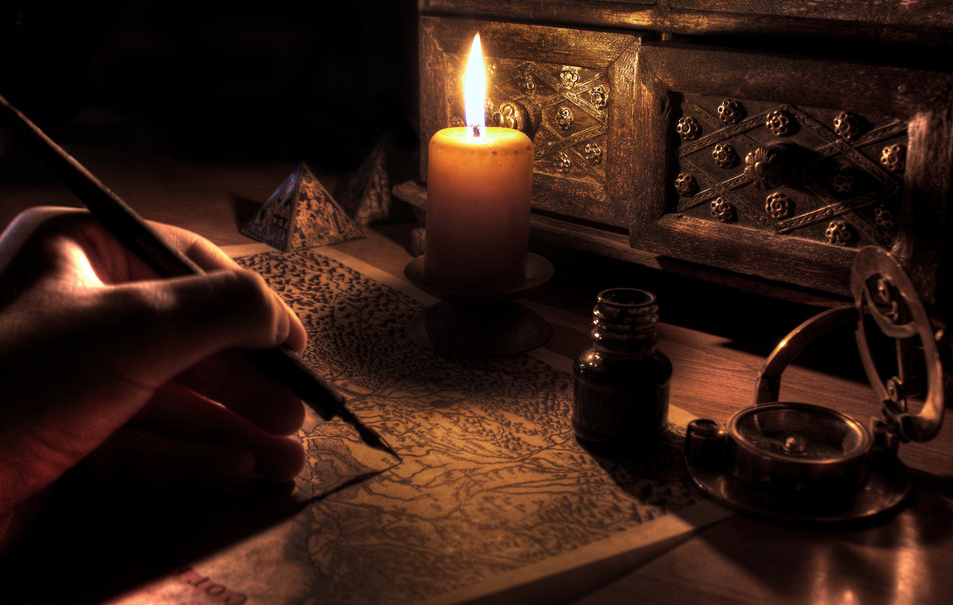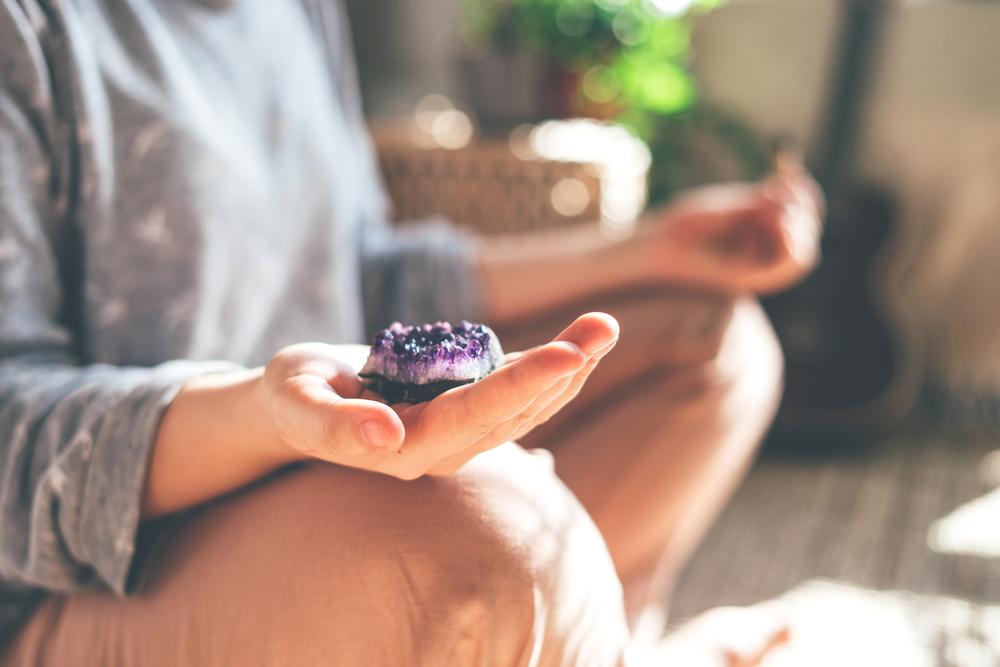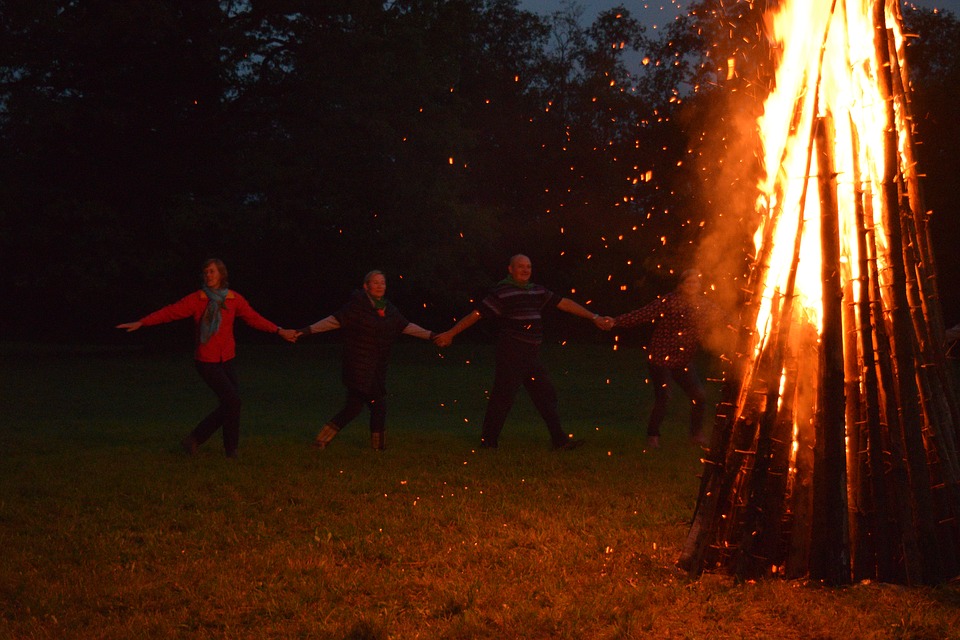Timing
The best time to make an oil is two days before a full moon and then on the day of the full moon, you can prepare it for storing and use. As the moon is waxing into the full moon phase your oils will build with magical potency. The peak of the full moon represents maximum energy available for spiritual work. You should focus spiritual energy into the mixture related to your purpose as you finish making the oil.
Storage
I suggest using a small container with a lid to store the oil. Remember how perfume samples comes in small tubes? This is a great way to store a small amount. It is best to use a small tinted glass vial with a screw cap. Place the crystal from your steeped oil in first. Then take a few of the leaves and such from your oil and place them into the vial. You can then fill the vial with some of the oil.
Clearly label the purpose of the oil on the vial. You can use blank address labels like those found in sheets for computers. This will help keep additional light from souring your oil. Store the vial in a cool dark place such as a box or drawer to keep light and heat exposure to a minimum.
I store oil for around 90 days then I prepare some more. You can put a few drops of the old oil and the crystal you used in your new mixture to add extra potency to it. As you replenish your stock, the oils created will become more powerful as time goes on because each batch is building power from all previous batches. I do not recommend using the herbs from an older batch in the new oils created.
Using you new Blessing Oil for Spell Casting
Using blessing oil in spell casting is a powerful way to enhance your intentions and manifest your desires. Here’s a step-by-step guide on how to effectively incorporate blessing oils into your spellwork:
1. Choose Your Intention
- Before starting, clearly define what you want to achieve with your spell. This could be anything from attracting love, success, protection, or health. Your intention will guide the entire process.
2. Gather Your Materials
- Blessing Oil: Use the oil you’ve prepared or a commercially available essential oil blend that aligns with your intention.
- Items for Your Spell: Collect any other materials you may need, such as candles, herbs, crystals, or a spell jar.
- Altar or Workspace: Set up a clean, sacred space where you can focus on your spell.
3. Prepare Your Space
- Create a calm and focused environment. You might light candles, burn incense, or play soft music to set the mood.
- If you practice grounding techniques, take a few moments to center yourself before beginning.
4. Anointing
- Anoint Yourself: Begin by applying a small amount of the blessing oil to pulse points, such as your wrists, behind your ears, or at the base of your throat. As you do this, speak your intention aloud or silently visualize what you wish to manifest.
- Anoint Tools or Candles: Use the blessing oil to anoint any tools you will use in your spell, such as candles, crystals, or spell jars. For candles, you can rub the oil from the top towards the center for drawing things in, or from the center to the bottom for banishing.
- Anointing Sigils or Symbols: If you are using symbols, sigils, or written intentions, anoint these with the oil as well.
5. Perform the Spell
- Follow the specific steps of your spell casting, incorporating your anointed items as needed.
- Affirmations: Recite affirmations or incantations that align with your intention while using the oil. For example, you might state, “With this oil, I draw forth love and joy into my life.”
6. Visualize Your Intention
- As you perform the spell, visualize your intention materializing. Picture every detail and allow yourself to feel the emotions associated with achieving your desire.
- Focus on the energy of the blessing oil as it aids in manifesting your goal.
7. Closing the Spell
- Once you have completed your ritual, express gratitude for the energy and assistance you invoked. This could be to deities, spirits, or the universe.
- Extinguish any candles used in the spell and dispose of or store any materials according to your discretion.
8. Follow-Up
- Keep the blessing oil nearby as a reminder of your intention, and consider using it regularly until your desire manifests.
- You can also revisit the spell, especially if you feel the need to reinforce your intention.
Conclusion
Creating blessing oils is a meaningful way to focus your intentions and connect with spiritual energies. By combining base oils, essential oils, and herbs that resonate with your goals, you can craft personalized oils for various purposes. If you have further questions or need specific recipes or ideas, feel free to ask!
Products to check out:









